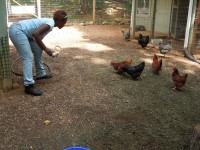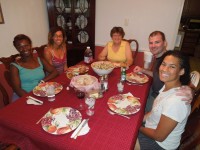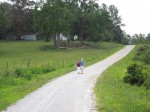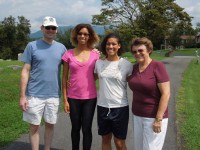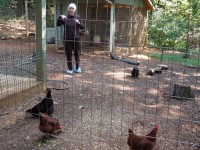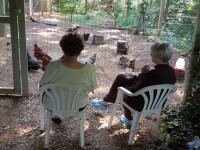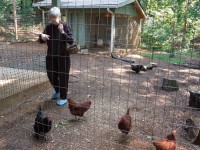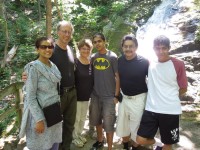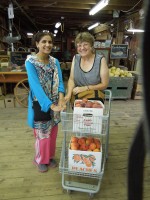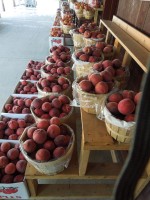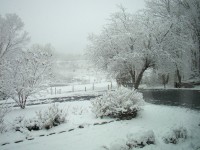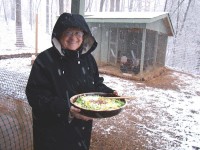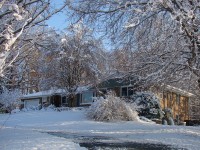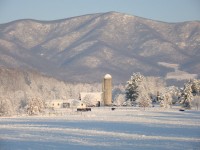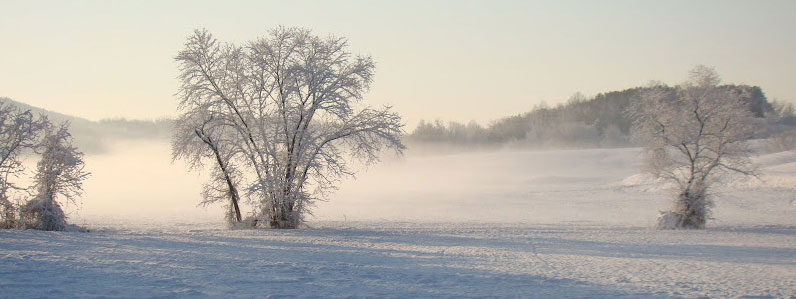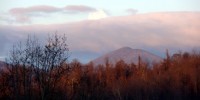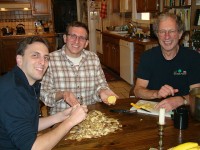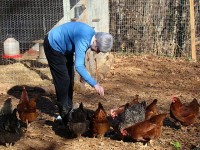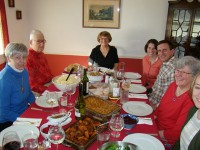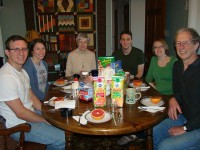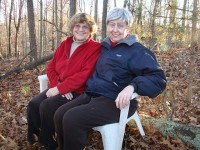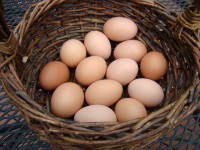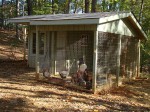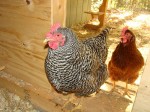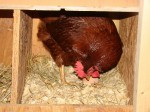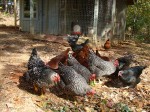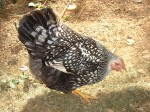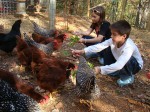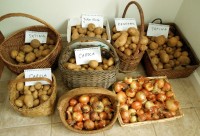
I harvested most of our potatoes mid-July, but in the past few days, as I’ve dug up part of the potato patch for plantings for the fall garden, I’ve been coming across the ones I missed. So I’m still harvesting! We estimate a total harvest of about 170 pounds of three varieties of yellow potatoes (Satina, Carola, Yukon Gold) and one white potato (Kennebec).  While Satina was the most productive, Monika’s and my eating favorite so far this year has been the Carolas–nice color and great texture and flavor, especially when boiled, mashed, or fried. Our onions were grown from sets rather than seeds, and experience seems to be teaching, as the gardening literature suggests, that onions grown from sets don’t store all that well. We’ve had to throw out quite a few soft ones, and next year I’ll try seeds instead. They taste fine, though.
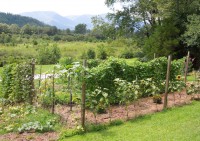 Â
 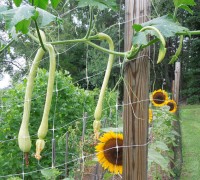
We continue to get a steady flow of cucumbers, and several varieties of squash, including the prolific and interestingly-shaped Zucchini Rampicante, pictured above near the row of sunflowers we planted this year. Several varieties of pole beans are now coming along strong, and butternut, spaghetti, and acorn squash have spread out extensively and appear to be ripening nicely. Most of our first original tomato plants, after an initial period of high productivity, have succumbed to heat and wilt, but we’re just beginning to get tomatoes from a second planting of wilt-resistant hybrids that I planted in early July.
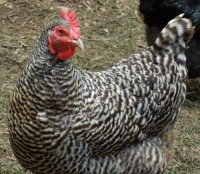 Â
 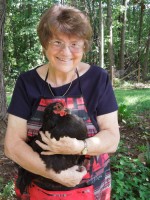
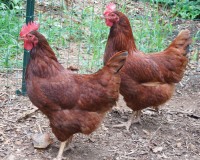
Our eleven chickens continue to give us 6-8 eggs most days, despite the heat. Between the barred rock on the left and the Rhode Island Reds on the right, Monika holds Poet, one of our two Black Australorps, who has the misfortune to be at the bottom of the local pecking order and therefore gets extra TLC from time to time.
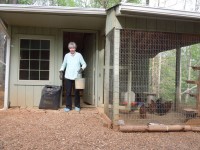
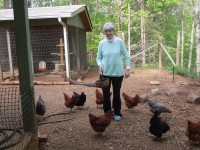
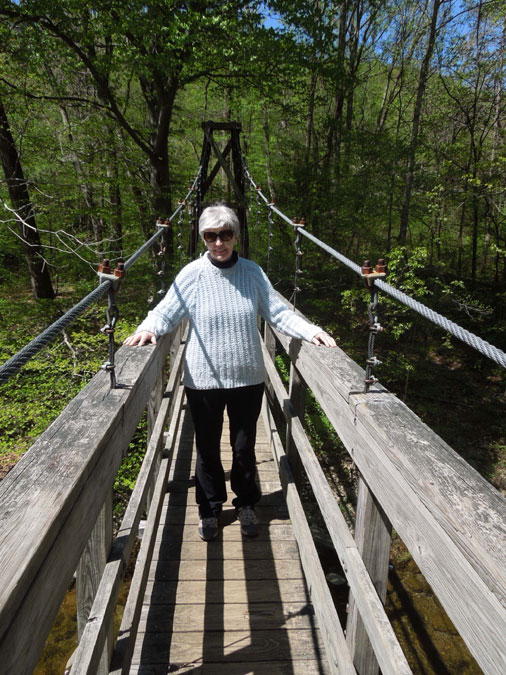


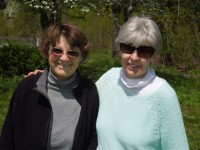

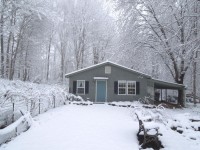
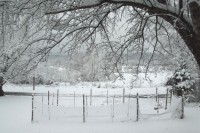
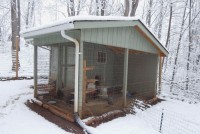
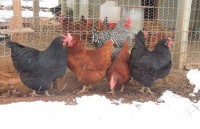
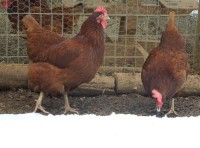









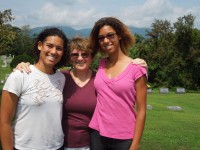
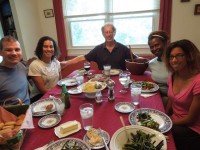 Â
 